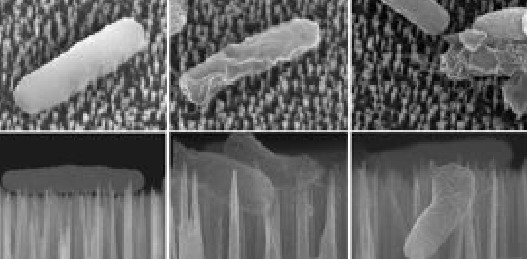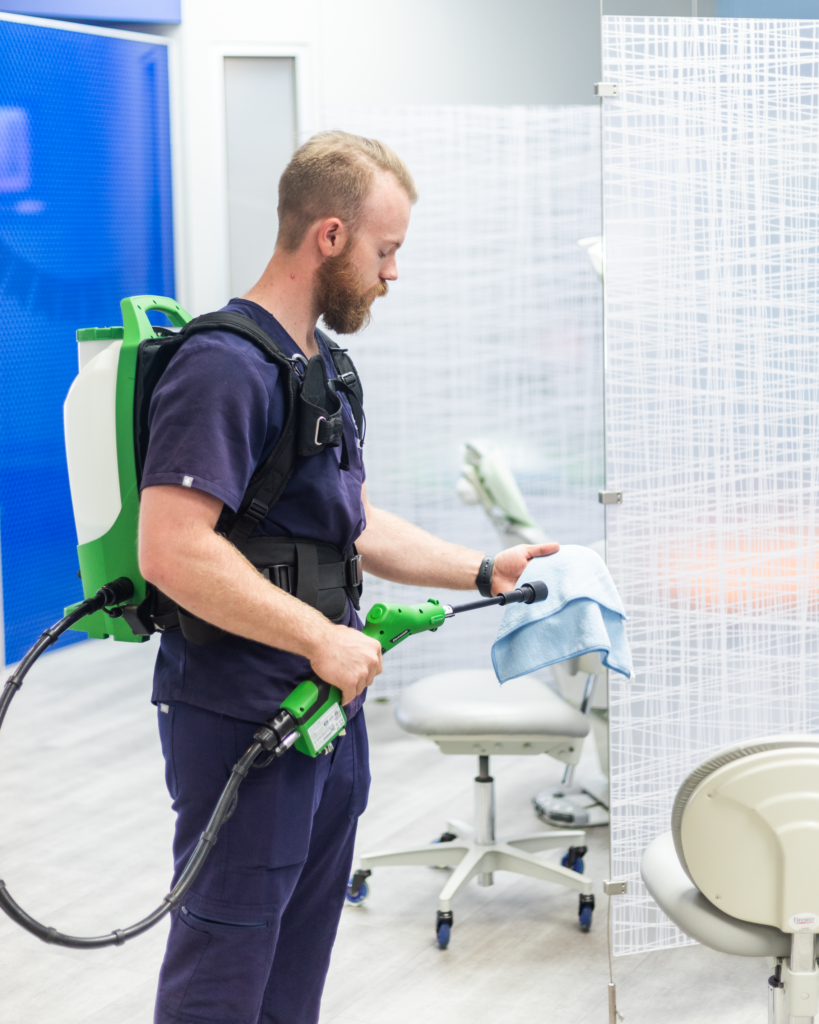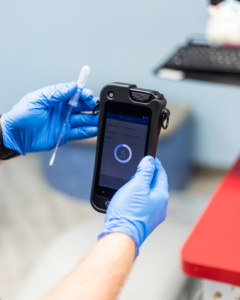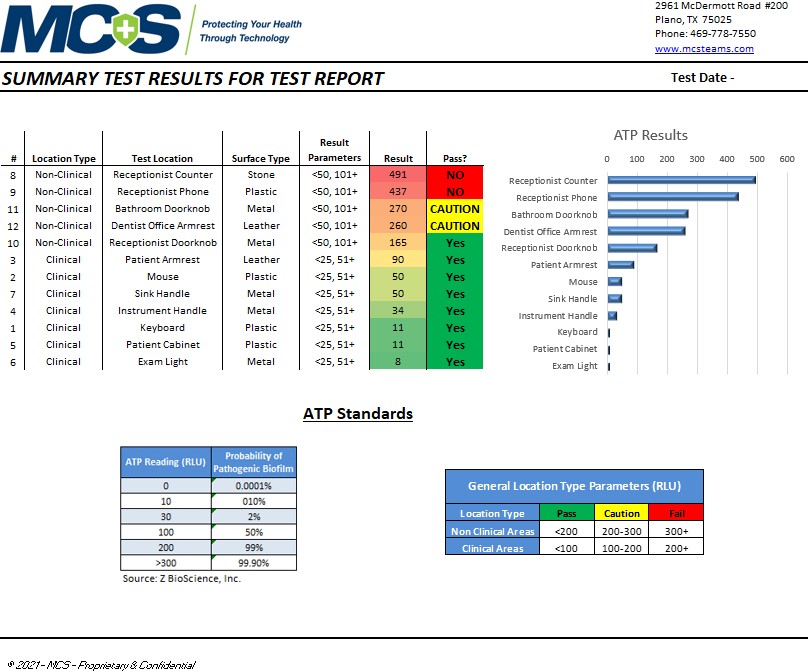Infection control needs technology.
Infection control hasn’t seen any appreciable changes in the last 50+ years. Shocking, I know.
The general framework for infection control involves taking a chemical and wiping a surface. That’s it.
This is what you hear when you talk to anybody where cleaning is part of their primary responsibility. The chemicals undergo changes, and the wiping mechanisms change, but the general principle remains the same.
Perceived changes in cleaning have occurred only in the chemicals, as they have become stronger and harsher.
Some chemicals claiming to be environmentally friendly have recently entered the market; an implicit acknowledgement of how bad the standard chemicals were for us and our skin, but that is about it.
We have seen with COVID that diseases, bacteria, and viruses change. Additionally, they change much faster than we change our products and processes. To date, they have documented at least 59 variants of COVID.
But have we made 59 changes in chemicals and cleaning protocols to combat these rapidly changing variants?
Of course not.
What is the one area of human ingenuity that is changing even close to those same speeds?
Answer: Technology
To keep up and combat the infectious diseases that change at these speeds, we need to incorporate technology into our cleaning process. The good news is technology has entered the infection control market. Unfortunately, it hasn’t yet been fully understood or implemented in the marketplace.
Fighting disease and microbial contamination inherently still comes down to two main components: chemicals and application.
Currently, we still need these two components to fight disease, until there’s a solution to avoid either of them.
However, here are four areas where technology has been revolutionizing the market.
Copolymer Chemicals
Historically, our approach to disinfection has relied on chemicals, which essentially kill bacteria and other microorganisms by poisoning them. If the market required faster kill rates for microorganisms, companies would increase the poison level in the chemical to kill faster. This makes the chemical more and more concentrated.

It had the appropriate effect, but it also has one major deterrent. It is a more dangerous chemical to good microorganisms like plants, animals, and humans, and it becomes increasingly more harmful to surfaces.
A new class of technology in the disinfection market takes a different approach to infection control by not relying on harmful (toxic) chemicals but rather by using a physical (electromechanical) method of killing microorganisms.
One of these new products uses a reaction between two chemicals that creates microscopic spikes on a surface that impale the microorganisms to kill them. This is obviously harmful to the microorganisms, but since this lethal structure is so tiny it is safe for humans, plants, and animals.
Additionally, because this microscopic layer of spikes becomes a permanent part of a surface, not only does the chemical act as an immediate disinfectant, but it also provides long term protection against microbial activity for up to 90 days.
Electrostatic Spraying
The second area of infection control that has been impacted by technology is the application of chemicals. Infection control has predominately consisted of manual application methods: sprayers, rags, wipes, mops, etc.
The problem with these methods is that you can miss areas.
What happens when you use a rag but miss a spot?

We have seen many studies done with ultraviolet lights showing how much dirt and microbial contamination is missed in general cleaning procedures, and it is often because spots are just missed.
The new technology in this area is electrostatic sprayers.
Electrostatic sprayers have been on the market for awhile but have only more recently been applied to the infection control market.
Unlike traditional foggers and sprayers, electrostatic sprayers put a charge into the liquid it sprays, resulting in a magnetic like attraction between the fluid and a surface. This minimizes overspray (spray that misses a surface), saves on product, and improves coverage.
With a traditional spraying system, the area of coverage is limited to the general area of an object that the sprayer was pointed directly at.
With an electrostatic sprayer, because the droplets are charged and attracted to surfaces, you get a wraparound effect.
Think of a chair. Using an electrostatic sprayer, because of the positive charge to the liquid, the droplets will be drawn to the neutral or negatively charged surfaces of the object and wrap around the chair, adhering to the sides and back of the chair as well as the front.
This means an electrostatic sprayer allows you to cover all sides of an object by spraying toward only one surface, whereas a regular sprayer will only cover what is directly in front of the spray pattern (we call this 360° of coverage).
This technology has long been used in painting, think auto body painting. It has also been used in the application of pesticides on crops, and many other uses.
We haven’t seen widespread implementation of these devices due to the fact that few chemicals are actually approved for use in electrostatic sprayers. If you turn certain chemicals into an aerosol, it can have harmful side effects.
But some of the new products that don’t use chemicals to kill microorganisms are perfectly safe to use through an electrostatic sprayer and are approved by the EPA.
Rapid Microbial Detection
The third area of infection control that has been impacted by technology is the development of new methods for the rapid detection of microbiological activity.
We saw the largest implementation of this during the COVID pandemic. We heard relentlessly about contact tracing, swabbing, and an endless stream of numbers and statistics. This was the largest undertaking of measurement on a single disease in history, aided by computers and technology.
We saw an unprecedented amount of swabbing done on humans to try and figure out who has the disease and who doesn’t.
This same technology has come to infection control. Now through swabs and luminometers, you can quickly measure the level of dirt and microbial contamination in a facility.

The two main types of swabs that are used in a facility are ATP and microbial swabs. Microbes are the main items we try to avoid because they can potentially cause infectious diseases to grow and spread. ATP is the food source for microbes, and swabbing for these checks how likely it is microbes could grow on a surface.
We can get ATP test results back in as little as 15 seconds, and microbial test results in as little as 8 hours. Microbial swabs historically have taken days or weeks to get results, due to shipping them off to a lab.
You have probably done microbial swabbing before in a biology class where you swabbed a surface, put the sample on a petri dish, and waited a week or two to see if anything grew. This has been shortened dramatically by what is called Rapid Microbial Testing.
This technology has been used in the food industry for years but for whatever reason has seen slow adoption in the healthcare market until now.
This technology allows facilities to see how dirty and contaminated they are in less than a day. This is incredibly impactful when trying to track down diseases, and every hour counts as we saw with COVID.
Data Monitoring
Finally, the catalyst that is revolutionizing the healthcare market from having an infection control plan to developing a long-term infection control strategy is the gathering and analysis of data. As we know, once you have data to measure effectiveness, you can better model, predict, and manage outcomes.

We can now see with data collected from offices, how clean they are and whether they are getting cleaner over time, if spots are being missed, predict where the dirtiest spots are going to be in facilities, and see what the cleaning habits of cleaning personnel or staff are.
This is still new, and repositories of data are being accumulated and analyzed. Here at MCS, we have done swabbing and testing in many offices, allowing us to collect and analyze data that provides insights into dental and medical facilities that have never been seen before.
For example, we have yet to see one facility that didn’t have some level of microbial contamination in it, and we have found that dental handpieces are one of the dirtiest places in the office.
These are items that have for decades been presumed to not be issues, but our databases are producing findings that were never understood before.
Long-Term Infection Control's Future
We haven’t seen such groundbreaking work done in infection control in over 50 years. 50 years ago, computers were just coming out, mobile phones were still a fantasy, Walt Disney World had just opened, Ford Pintos were the rage, Richard Nixon was president, Secretariat won the Triple Crown, the Vietnam War was ending, and Aerosmith and Kiss were new to the rock stage.
It is exciting to see all the changes that are coming down the line and are helping dentists and healthcare facilities get cleaner and remain cleaner than they have ever been before.
Maybe we will see a time when we don’t have to be afraid of going to a medical or dental facility and catching something worse than we had before we walked in.
MCS helps dental and healthcare facilities become safe places for patients and staff to work and seek medical and dental attention. We help our clients by not only providing long-term disinfecting and infection control protection solutions for their facilities, but also by testing and verifying the cleanliness of those facilities. Every office we have been in has had some level of contamination, and our clients have seen a 100% decrease in microbial activity and an average decrease of 75% in their ATP levels. If you would like help in getting your office cleaner and safer, and have objective verifiable data to prove it, call us today at 469-778-7550 or contact us here.

This is really interesting, You’re a very skilled blogger. I’ve joined your feed and look forward to seeking more of your magnificent post. Also, I’ve shared your site in my social networks!
Thanks for the feedback. We are trying to make infection control interesting, and bring to light the new developments in the industry. Hope you enjoy the future content as well, and would love to hear any additional feedback you have.